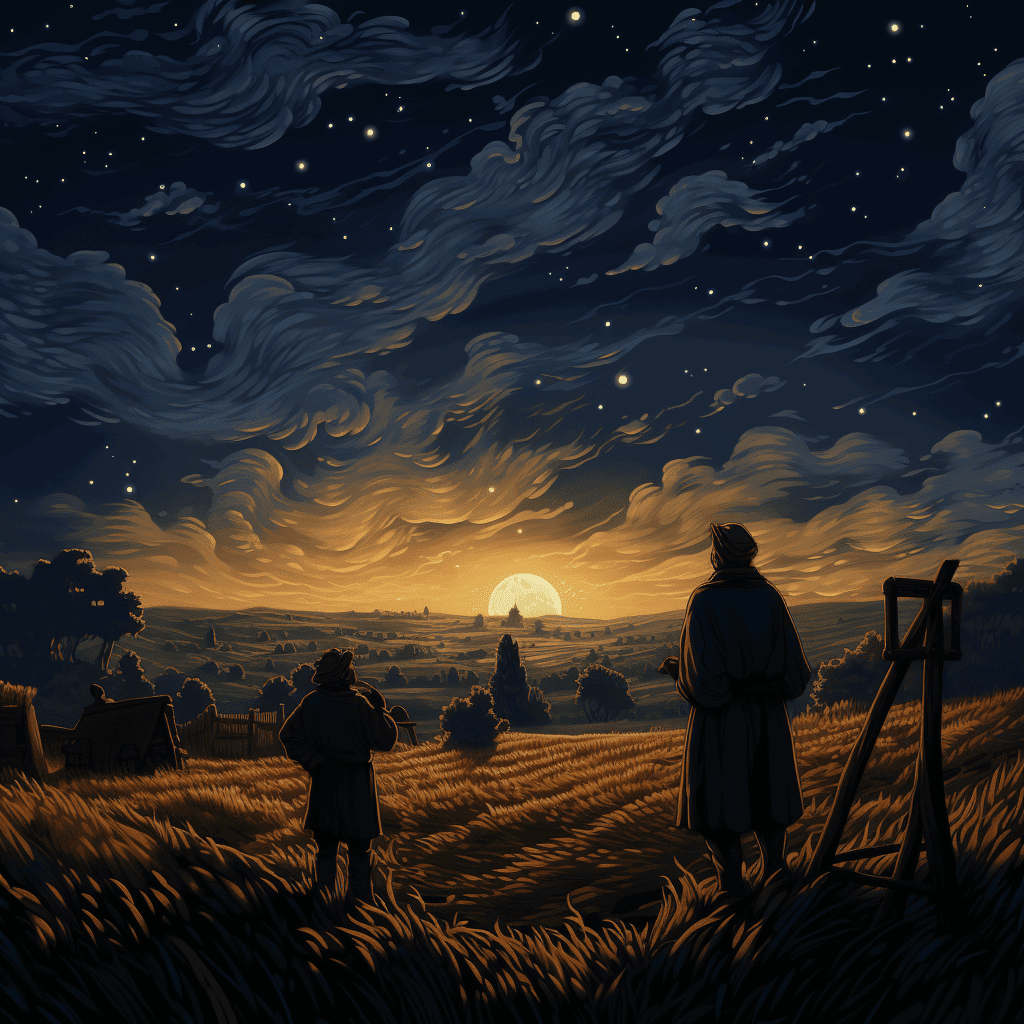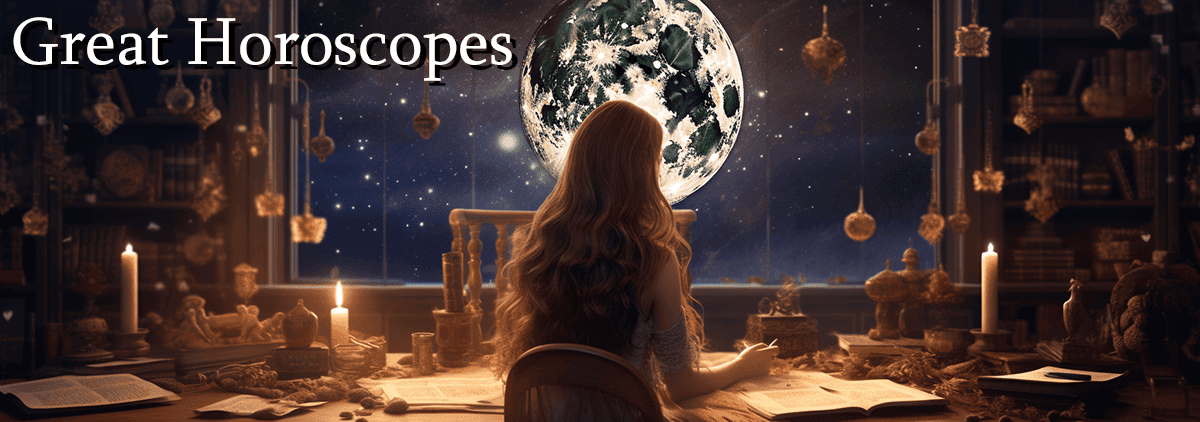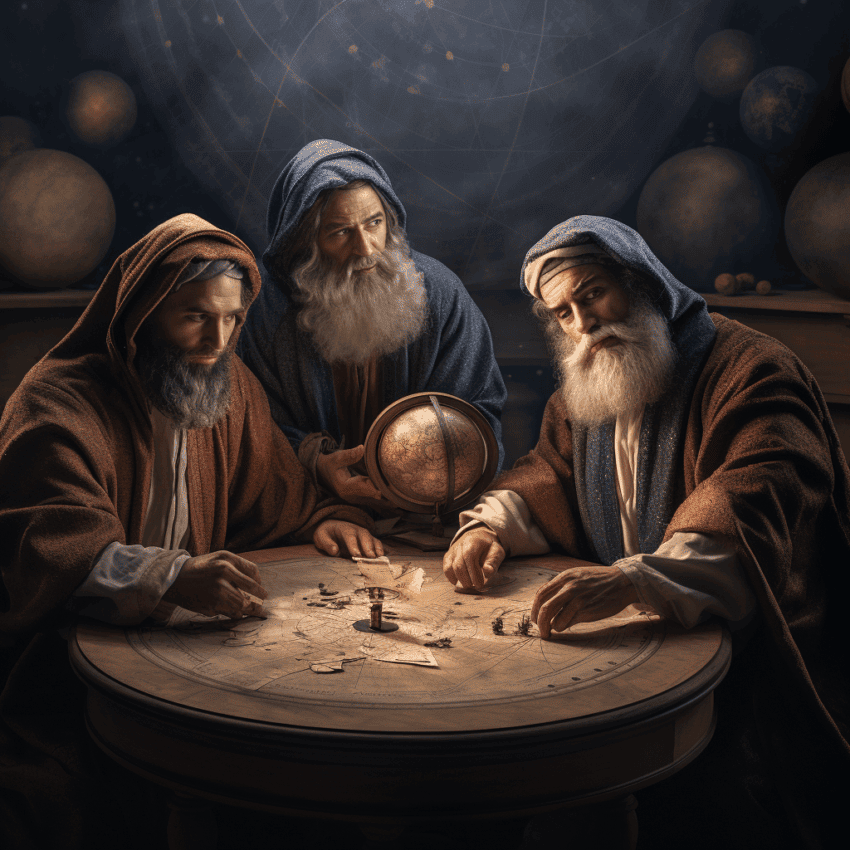The alignment of the stars and planets holds a captivating influence over our lives, reaching beyond the realm of mere astronomical observation. While their celestial movements may seem distant and ethereal, they possess the power to affect us on a profound level, both individually and collectively, and can be explained in our monthly horoscopes.
Astrology, Horoscopes, and the Alignment of the Stars and Planets
Astrology and Horoscopes, ancient practices based on the belief that the positions and alignments of celestial bodies can influence human behavior and destiny, suggest that the alignment of stars and planets can impact our emotions, personalities, and life paths.
Astrology and Horoscopes also encompass an awareness of the seasons and cycles of the celestial bodies. Many systems are closely tied to the Earth’s natural rhythms and the changing of the seasons. This can provide a connection to nature and a heightened awareness of the passage of time.
Regularly, Astrologers analyze these positions and provide interpretations based on astrological systems. The planets of our Solar System never form a perfectly straight line in space, because their orbits aren’t on the same plane. But sometimes, the planets gather closely on one side of the Sun and appear together in the sky.
Moon Phases

The Different Moon’s Phases Can Impact Our Lives and Horoscopes
The Moon’s Phases can impact our lives, and our Horoscopes, in several ways. During a Full Moon, some people may experience changes in sleep patterns or mood swings, although scientific evidence supporting these effects is limited. The brightness of a Full Moon can also affect stargazing conditions. Additionally, the moon’s gravitational pull creates tides in Earth’s oceans. The New Moon is the beginning of the lunar cycle when the Moon is completely dark and not visible from Earth. New Moons are associated with new beginnings, fresh starts, and setting intentions. After the New Moon, the Moon begins to grow in illumination, and a small crescent shape becomes visible. The Waxing Crescent phase is associated with creativity, growth, and taking action toward your goals. Following the First Quarter, the Moon continues to grow in illumination, and more than half of it becomes visible.
The Waxing Gibbous phase is associated with refinement, fine-tuning your plans, and gathering momentum. It is a time for making adjustments and preparing for the culmination of your efforts. The Waning Gibbous phase is associated with releasing what no longer serves you, letting go of old patterns, and reflecting on your achievements. The Last Quarter phase is associated with reflection, evaluation, and preparation for the next cycle. As the Moon approaches the New Moon, only a small crescent shape becomes visible again. The Waning Crescent phase is associated with rest, relaxation, and introspection. It is a time for clearing your mind, releasing old energies, and preparing for new beginnings.
Horoscopes and Stargazing
The planets and stars in the night sky offer a source of wonder and inspiration. Observing celestial events such as meteor showers or the movements of planets can be a fascinating and educational experience. Many people find stargazing to be a calming and meditative activity.
Both Horoscopes and Stargazing have their unique appeal and are pursued by people for many reasons. Whether you find interest in exploring astrological insights within horoscopes or delving into the wonders of the cosmos, these practices provide avenues to connect with the celestial world in distinct ways.
Agricultural Significance

Celestial Events as Indicators
Historically, farmers and agricultural communities have used celestial events as indicators for seasonal changes and planting schedules. For example, the position of certain stars or planets might signify the arrival of a particular season, prompting specific agricultural activities.
The Ancient Minoans

Navigation and Timekeeping
The Moon and Stars have played crucial roles in navigation throughout history. Before the advent of modern technology, sailors used the stars to determine their location at sea. Even today, celestial bodies are used in some forms of navigation and timekeeping, such as determining latitude and local time.
Celestial Events
Certain Celestial events, such as eclipses and planetary alignments, can be visually stunning and generate excitement among stargazers and astronomy enthusiasts. These events offer opportunities to witness rare phenomena and learn more about the workings of the Universe.
Celestial events, such as eclipses, meteor showers, and planetary alignments, can have various effects on us, both directly and indirectly, and are reflected in our monthly horoscopes. Celestial events also often offer stunning visual displays that can inspire awe and wonder. Observing phenomena like meteor showers, comets, or the Northern Lights can be a source of joy and appreciation for the beauty of the Universe.
Psychological and Cultural Effects
The Moon and Stars can have psychological and cultural effects on individuals and communities. For example, moonlit nights may evoke feelings of tranquility or romanticism. In different cultures, stars have been used for storytelling, navigation, or as symbols of deities or mythological figures.
Light Pollution
In modern times, increased urbanization and artificial lighting have led to light pollution, which makes it more challenging to observe the moon, planets, and stars clearly. This can impact our ability to engage with and appreciate the night sky.

